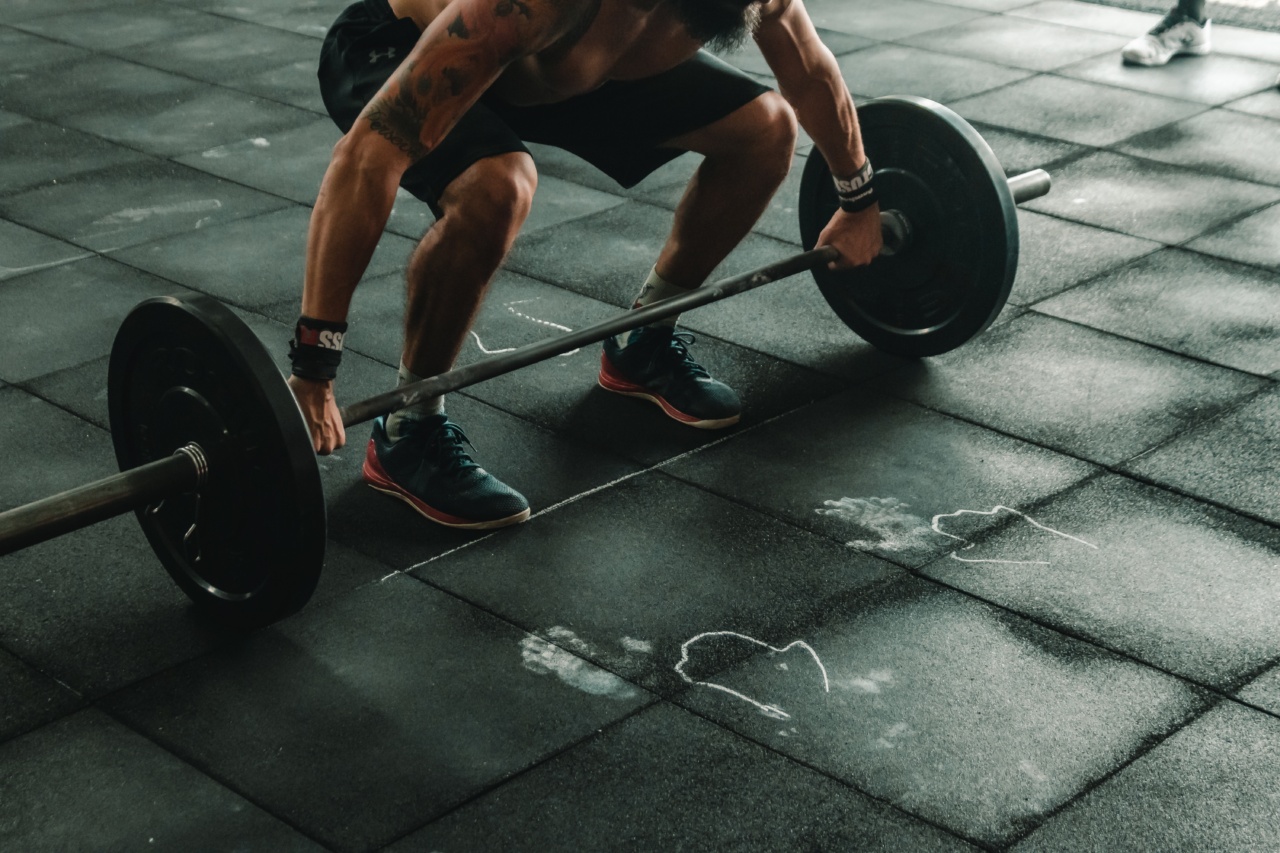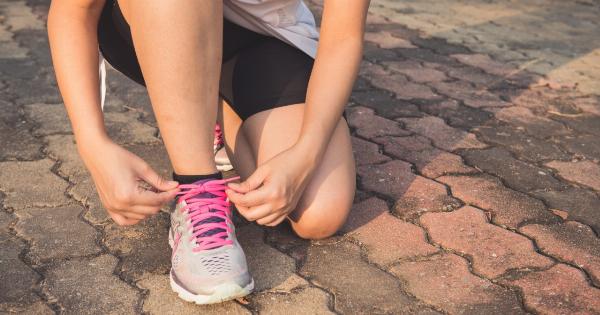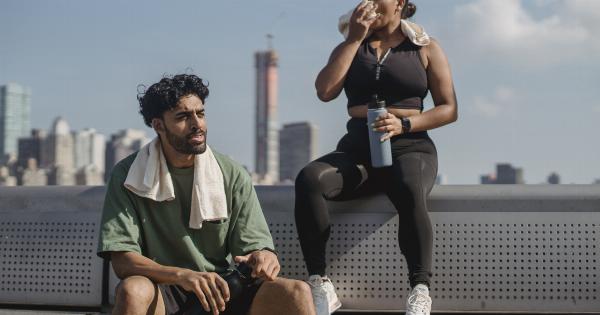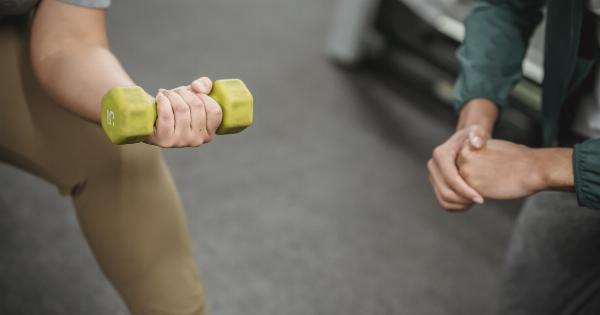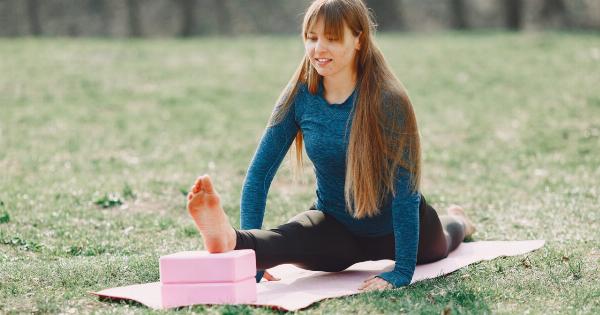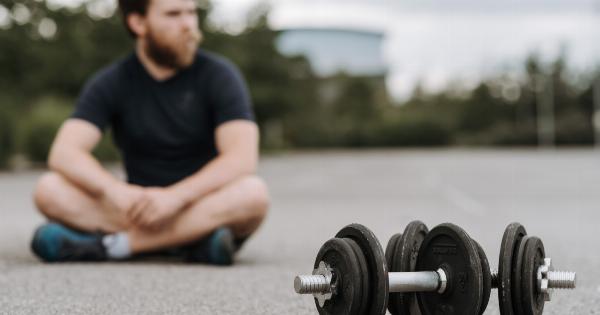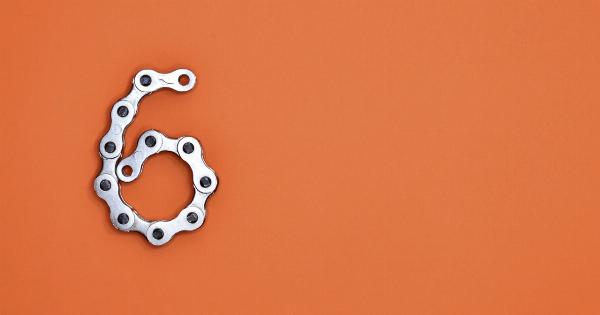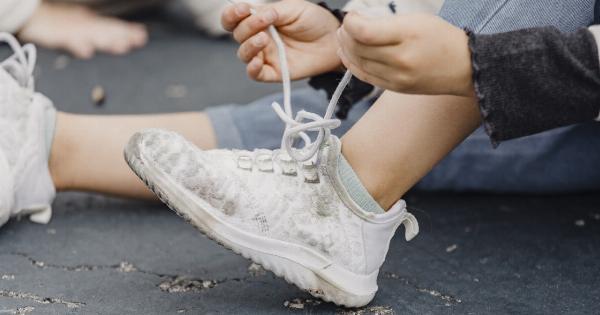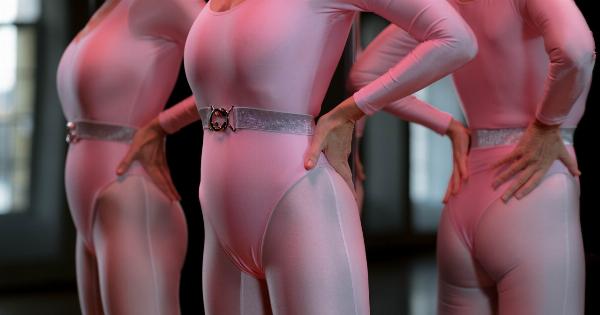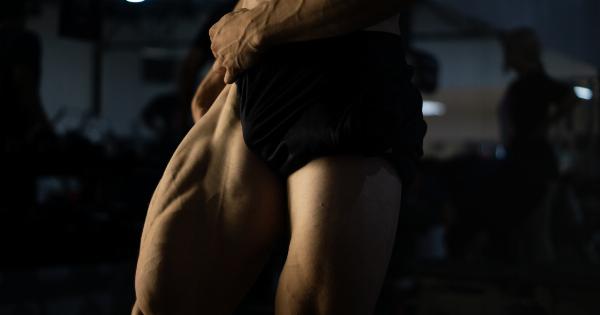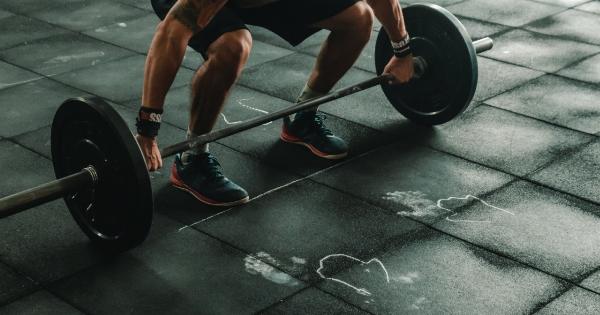When it comes to getting fit and achieving a toned lower body, there is one exercise that stands out from the rest – the squat.
Squats are a compound movement that engages multiple muscle groups, making them incredibly effective for toning the legs and booty. Whether you’re a beginner or an advanced fitness enthusiast, incorporating squats into your workout routine can help you achieve the firm, sculpted lower body you’ve always desired.
The Benefits of Squats
Squats offer a multitude of benefits beyond just toning the legs and booty. Here are some of the key advantages of incorporating squats into your fitness routine:.
1. Strengthens the Lower Body
Squats primarily target the muscles in your lower body, including the quadriceps, hamstrings, calves, and glutes. By regularly performing squats, you can significantly strengthen these muscles, leading to improved stability and balance.
2. Burns Calories
Since squats engage multiple muscle groups, they are considered a compound movement, meaning they burn more calories compared to isolated exercises.
As a result, incorporating squats into your workout routine can help you burn calories and contribute to weight loss.
3. Enhances Core Stability
During squats, your core muscles work to stabilize your body, preventing excessive forward or backward leaning. As a result, squats help strengthen your core, leading to better posture and reduced risk of lower back pain.
4. Boosts Athletic Performance
Squats are a functional exercise that mimics movements used in daily activities and sports.
By improving lower body strength and power, squats can enhance your athletic performance, whether you’re running, jumping, or participating in team sports.
5. Increases Bone Density
Weight-bearing exercises like squats are known to stimulate the production of new bone tissue, thereby increasing bone density. This can be particularly beneficial for preventing osteoporosis and reducing the risk of fractures later in life.
Proper Squat Technique
Before diving into a squat routine, it’s crucial to learn the proper technique to maximize effectiveness and minimize the risk of injury. Follow these steps to perform a squat correctly:.
Step 1: Stand with Proper Alignment
Begin by standing with your feet hip-width apart and toes pointing slightly outward. Ensure that your spine is neutral and your weight is evenly distributed between both feet.
Step 2: Engage Your Core
Tighten your abdominal muscles to engage your core. This will provide stability throughout the movement.
Step 3: Initiate the Squat
Start the squat by sitting back and down, as if you’re sitting onto an imaginary chair. Keeping your chest lifted, lower your body until your thighs are parallel to the ground.
Make sure your knees are aligned with your toes and avoid allowing them to cave inward.
Step 4: Rise Up
Push through your heels to return to the starting position. Squeeze your glutes at the top of the movement to fully engage your buttocks.
Step 5: Repeat
Repeat the squat for the desired number of repetitions, aiming for at least 10 to 15 reps per set. Rest for a short period between sets and complete multiple sets to challenge your muscles.
Variations to Try
While the classic bodyweight squat is an excellent exercise, there are various squat variations you can incorporate into your routine to target specific muscles and add variety to your workouts. Here are three popular squat variations:.
1. Goblet Squat
The goblet squat involves holding a dumbbell or kettlebell at chest level, which helps to engage the core and upright posture. Hold the weight close to your chest, perform a squat following the same technique as described earlier.
2. Bulgarian Split Squat
This variation targets each leg separately, challenging balance and stability. Stand in a lunge position with one foot elevated on a bench or step behind you. Lower your body down by bending the front knee until the thigh is parallel to the ground.
Push through the front heel to return to the starting position and repeat on the other leg.
3. Sumo Squat
The sumo squat targets the inner thighs and glutes to a greater extent. Stand with your feet wider than shoulder-width apart, toes turned out. Perform a squat with the wider stance, ensuring your knees track over your toes.
Concentrate on squeezing your glutes as you rise back up.
Sample Squat Workout Routine
Here is a sample squat workout routine you can try, designed to target your legs and booty:.
1. Bodyweight Squats: 3 sets of 12 reps
2. Goblet Squats: 3 sets of 10 reps
3. Bulgarian Split Squats: 3 sets of 8 reps per leg
4. Sumo Squats: 3 sets of 12 reps
Remember to warm up before starting the routine and stretch afterward to prevent injury and promote recovery.
Conclusion
If you’re looking to tone your legs and booty, squats are an excellent exercise choice. They offer a wide range of benefits, from strengthening the lower body and burning calories to enhancing core stability and boosting athletic performance.
By incorporating different squat variations into your routine and maintaining proper form, you can achieve the strong, sculpted lower body you desire.
